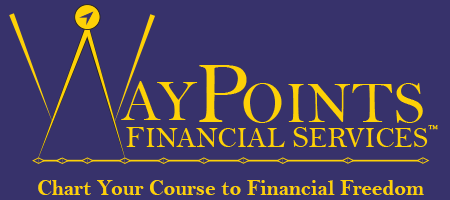In the six years I’ve been guiding people along their Financial Journey, I’ve heard a dozen interpretations for the definition of the word “Budget”. Not many have been able to nail down the true definition and proper use of a personal budget.
Here are some of the comments I receive when I ask a client if they use a budget: “I keep close tabs on my checkbook.”, “My checkbook balance never hits zero.”, “I know what bills are due.”, “I have all my bills written down.”, “I check my bank statement every month to see how much I spent.”, “My bank breaks down my budget categories for me and lets me know what I’m spending my money on.”
Not one of these methods is the correct approach to proper budgeting. A budget or cash flow plan (preferred term) is a detailed plan that allocates your income into a number of categories that make up your spending profile and allows you to give every dollar you bring home a category name. The categories will fall into several major segments which include: expenses, debt, savings, and giving.
A perfect plan will allocate ALL you income into categories that fall within the four major segments. When properly done, your income will be spread across many different categories within the four segments with nothing left over. This is the first stage to budgeting. The second stage, which is not often taught, and not well understood, involves tracking the individual categories. If you don’t track your expenditures, then there is no way to determine if you are hitting your mark and staying within the category limits you have set. Once you understand how to properly track, you WILL see great success with your cash flow planning.

Allocating your money for the entire month is critical. It’s almost like having a game plan. Budgeting also reduces the amount of “surprise” expenses that arise.